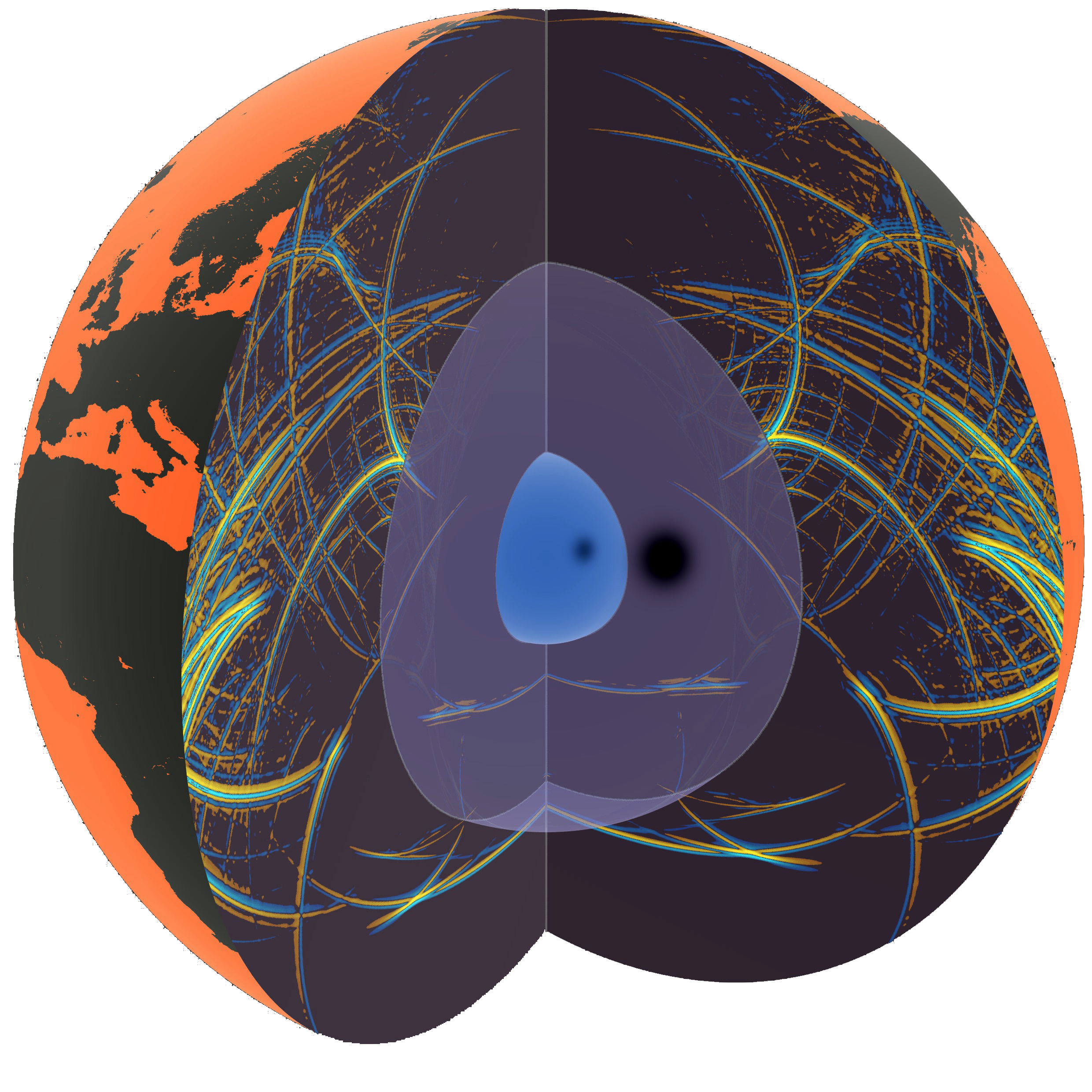Global Agency of Geosciences Experts
Global Agency of Geosciences Experts
To give an overview of seimic application at different scale, well tie. Structural and stratigraphic interpretation, horions and fault pickings, structural and stratigraphic interpreation, DHI and 3D interpretation for resevoir managment
Profesionnals with a Scientific background.
Background in Geosciences, petroleum geology or basic Petroleum Engineer knowledge
5 Session






 Geoid Training available
Geoid Training available

Course overview. Seismic applications at the different scales of oil and gas E&P
Fundamentals of acoustic waves propagation
Characteristics and limitations of acquisition systems in marine and land domains; consequences on interpretation
Description of standard processing sequence
Migrations: post-stack and pre-stack, in time and depth domains. Interpreter’s implication. Anisotropy.
Initial review of footprints, wavelet, resolution Seismic tie to well data in time and in depth domains. Check- shots, synthetic seismograms, VSP. Inversion Other calibration means
Techniques and tools for horizons and faults Review and applications of various attributes Pitfalls Field examples and hands-on exercises
Structural interpretation, with emphasis on compressive and gravity tectonics Seismic stratigraphy, with emphasis on deltaic environment Specific environments: carbonates, salt tectonics
Velocity and depth conversion: choice of model Gridding: use of kriging method. Seismic map to well tie Mapping
Fluid effects on full stack cubes: on polarity and amplitudes Fluid effects versus angle (AVO): principle and applications Tools to be used Pitfalls. Review of examples. Quiz
Drilling: geo-hazards, abnormal pressures prediction. Appraisal: delineation, reservoir modeling Development: geosteering, time-lapse seismic monitoring
3 components method. Review of some application cases 4D seismic Passive seismic for unconventional resources.
Review of 3D and 4D successful applications worldwide Lessons learnt by selected historical failure cases Conclusions Quiz







If you require a classroom training or a video training we’ll put you in contact with the best professor teaching in the language of your choice.
© 2022 All rights reserved